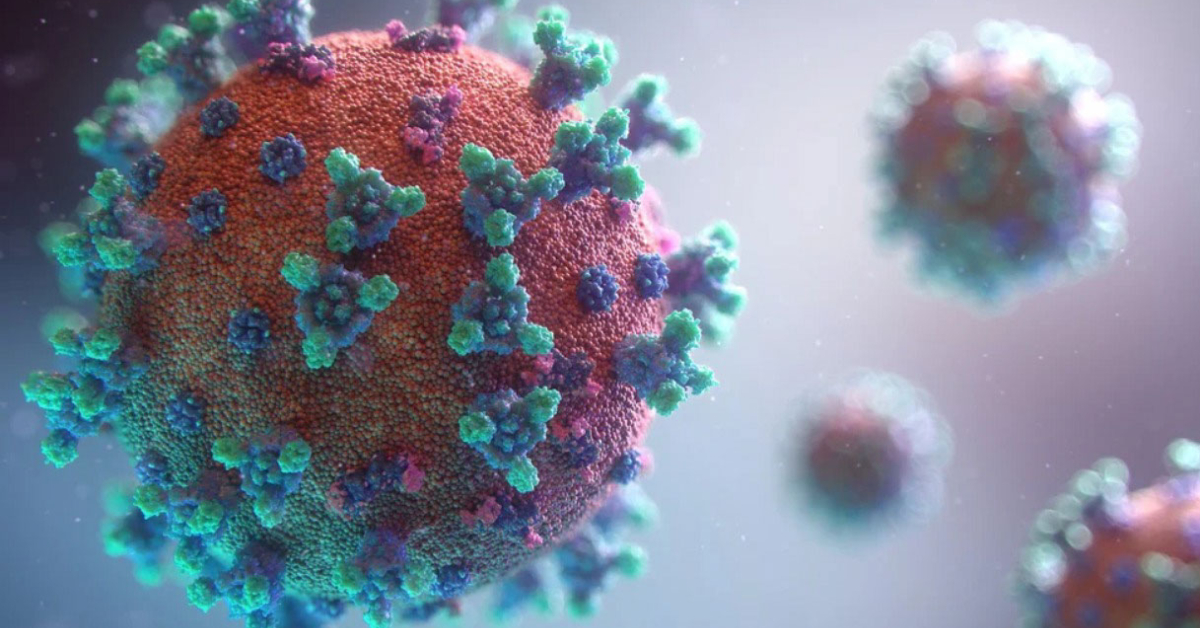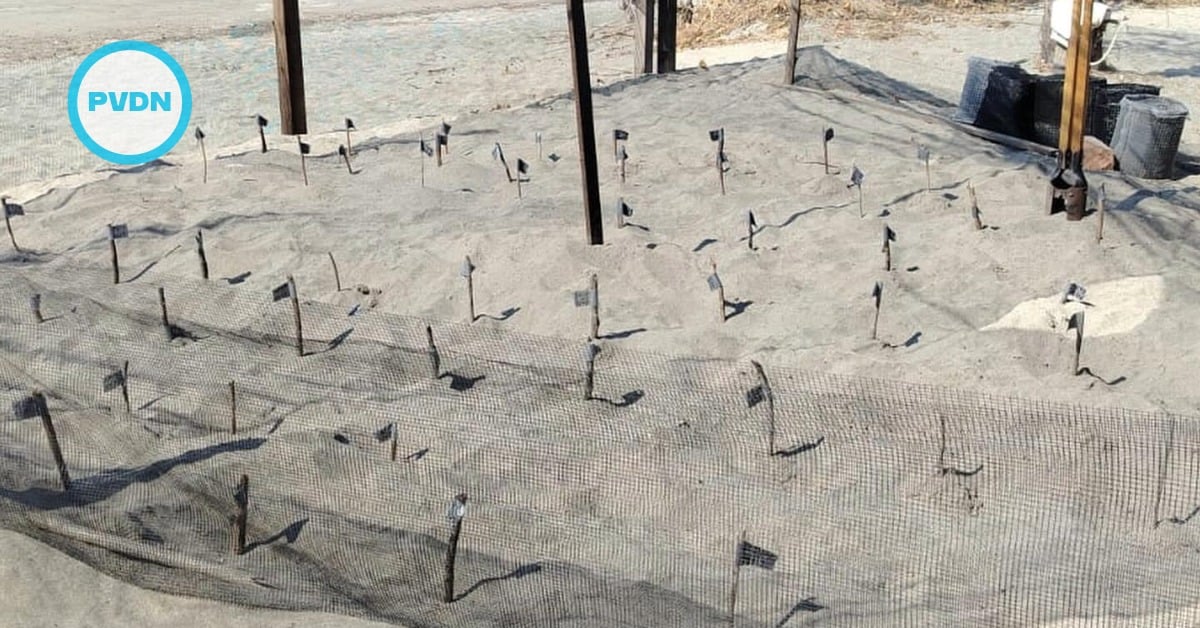After registering more than 616 million confirmed cases of the disease caused by COVID-19 and 6.5 million deaths, the world was carried away by a "new normal" and relaxed the imposed sanitary measures. However, experts in the field assure that the pandemic continues, such as the …






